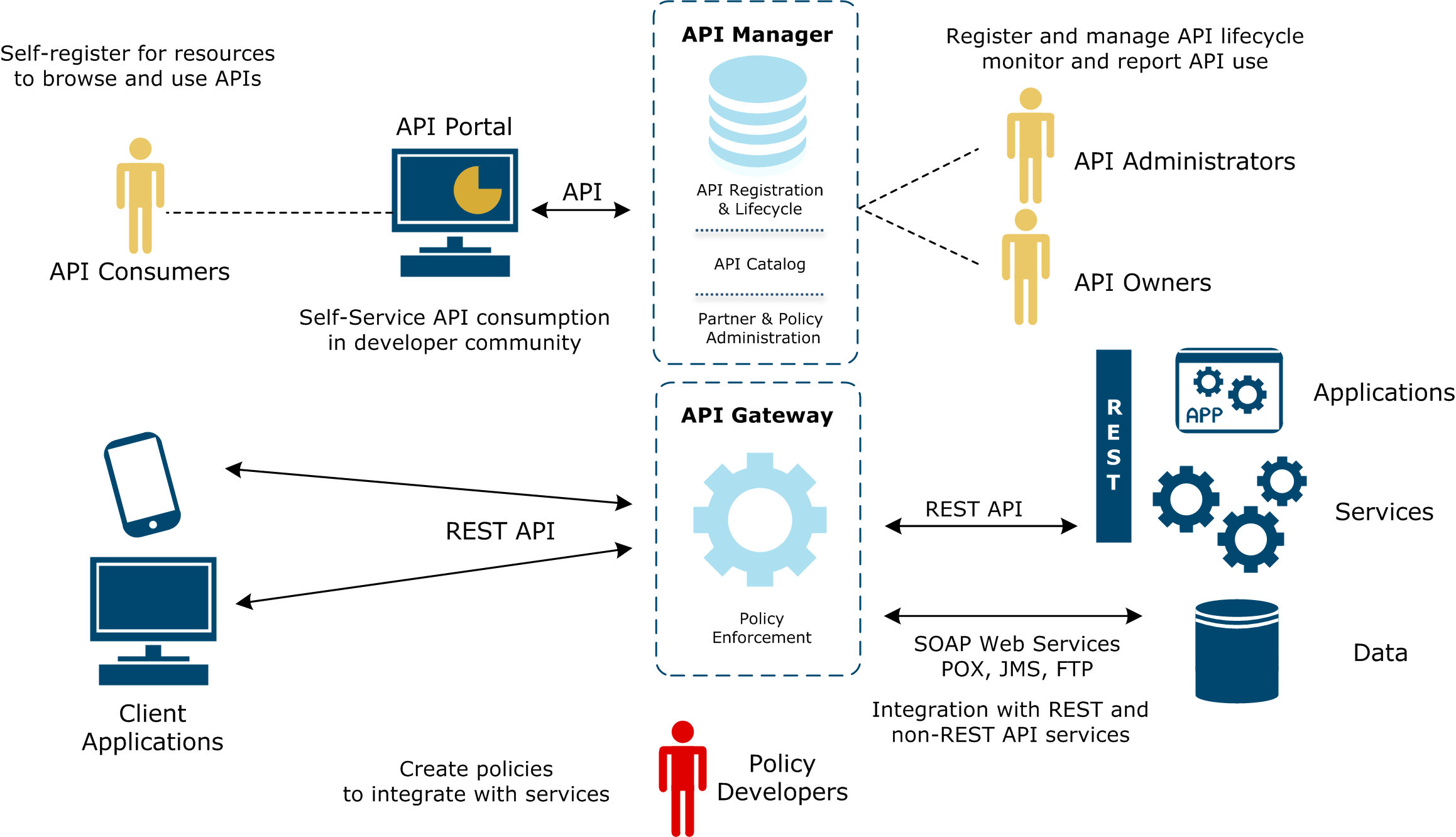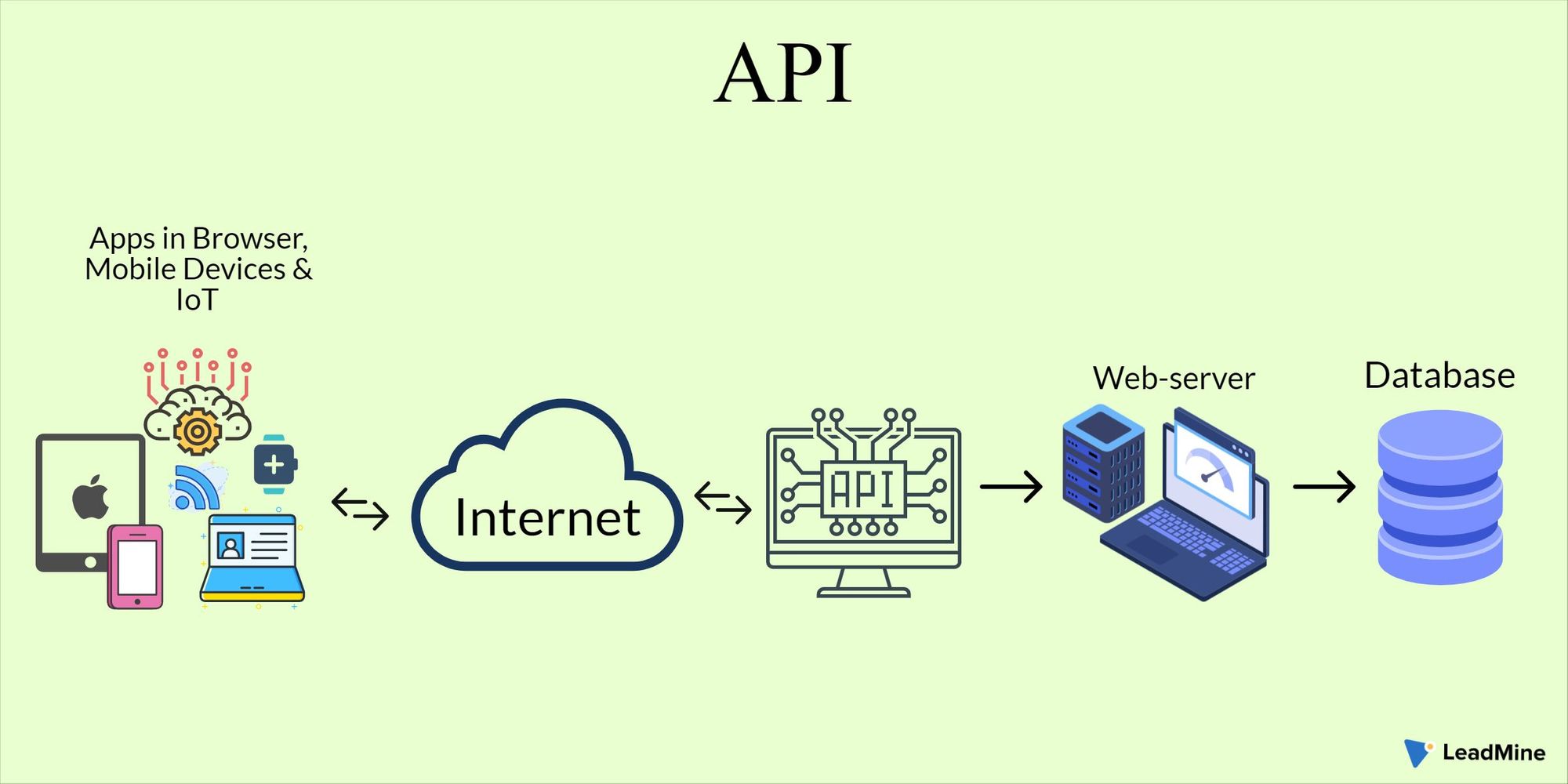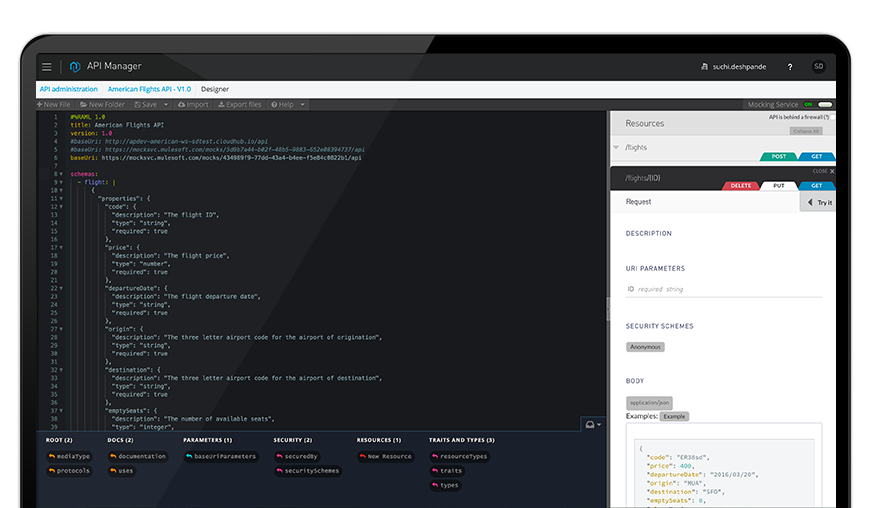Table Of Content

To design an API effectively, one must prioritize clarity, security, and user experience, ensuring that the API serves as a robust foundation for the applications it supports. In software development, requirements are prone to change. An API design-first approach anticipates this reality by incorporating features like versioning, extensibility, and adaptability. This proactive stance enables development teams to accommodate changing business needs seamlessly, preventing disruptions to existing integrations and ensuring the longevity of the API.
Learn REST
Divi Layouts AI can also create pages that are aligned with your branding by allowing you to provide colors and fonts. That way, every page you generate will have a consistent look every time. Upon designing your API, focus on the end user's perspective to provide an intuitive, easy-to-use interface. Use nouns instead of verbs in endpoint paths for clarity and consistency.
Use Correct HTTPS Request Methods
For example, let’s say you want to design a contact API. Naturally, you would expect to be able to create, list, update, and delete contacts. However, if you don’t dig deeper, you are designing an API based on your system. Do the details come from a user in the field, or are they passed through an online form? Ask the same questions about the other potential endpoints.
Handle errors gracefully and return standard error codes
REST, which stands for Representational State Transfer, is a more open approach, providing lots of conventions but leaving many decisions to the person designing the API. Like just about all complex processes, it starts with organization. For server-side security, ensure that your API only exposes necessary information and uses appropriate status codes to communicate effectively with the client. When you run these commands, an id field will get added to each model automatically.
Client applications may evolve independently of an API. Conversely, the client should not have to keep up with changes in the API’s current version. This principle implies that the API implements version control. On the web, APIs “[…] should be able to evolve and add functionality independently from client applications.”4.

Other things to consider are mentioning your ideal customer, describing any key elements you’d like to include, and mentioning any specific styles you’re fond of. To woo the developers, create a safe space that they feel comfortable voicing their opinions in and a space to test out what will work (with a set of guidelines, of course). Your API program team must be a multidisciplinary one, with a wide range of experiences, use cases, and skills. To enforce consistency and keep that thoughtful design going, implementing guidelines into your API strategy will make it possible to enforce standards.
API Security by Design - DevOps.com
API Security by Design.
Posted: Tue, 25 May 2021 07:00:00 GMT [source]
And we expect to use at least 50% of our annual free cash flow to repurchase Cadence shares. With that in mind, for Q2, we expect revenue in the range of $1.03 billion to $1.05 billion. GAAP operating margin in the range of 26.5% to 27.5%, non-GAAP operating margin in the range of 38.5% to 39.5%. GAAP EPS in the range of $0.73 to $0.77, non-GAAP EPS in the range of $1.20 to $1.24. In summary, Cadence continues to lead with innovation and is on track for a strong 2024 as we execute to our intelligent system design strategy.
Note that both objects/resources in our above model will have a unique identifier, which is the integer id property. Learning REST in pieces is one thing while applying all these concepts to real application development is completely another challenge. Follow these steps to design a REST API – Identify Object Model, Create Resource URIs, Determine Representations and Assign HTTP Methods. This chapter marks a turning point in our adventure with APIs. We are finished covering fundamentals and are now ready to see how the previous concepts combine to form an API.
Divi Page Builder Plugin
Yet, navigating how to design an API presents common challenges that often hinder scalability and user adoption. These obstacles range from ensuring robust API responses and developer experience to maintaining consistency across different software components. First, these controller actions make use of Rails’ built-in integration with Active Record, which simplifies database interactions by abstracting away the complexities of SQL queries. For instance, .all, .find, .new, and .destroy are all Active Record methods. Additionally, we’ve included a private method called pet_params on this controller.
They communicate information across teams to shrink development time and let teams work asynchronously. An API gateway is an application programming interface (API) management tool that sits between a client and a collection of backend services. The developer portal is the key element of a developer program; this is the core entry point for developers to sign up, access, and use your APIs. Getting access to your API should be simple and easy for developers.
The data structure should be easily identifiable, and users should be able to map information to their existing data or platform knowledge. Clear documentation increases the chances of your API adoption, making API integration easier. Clear and comprehensive documentation is key to helping developers understand and effectively use your API. Provide detailed explanations for each endpoint, include code samples, and offer usage scenarios. Notice this error message includes all required information, including the missing parameter, location in the request, data type, and format.
You can add the starting code for the POST method using the Insert dropdown or copy and paste the below code underneath the GET method. Swagger double-checks the indentation for the document, and you may need to make adjustments when copy and pasting. Click the Insert button in the top toolbar and select Add Path Item. This is the same process we took when adding the Info object. One of the core principles for API design is the identification and level of attention paid to resources. Resources, also known as Models, help us define our API’s routes, actions, and hierarchy.
Divi Layouts AI acts like a designer, developer, and photographer all rolled into one. Delivering APIs which share common behaviors, patterns and a consistent RESTful interface will greatly ease the work of the people who build them and the consumers who want to use them. SwaggerHub is equipped with a built-in API Standardization tool that can make your APIs compliant with your organizational design guidelines. Swagger makes API design a breeze, with easy-to-use tools for developers, architects, and product owners.
While OpenAPI v3 is the most recent version of OpenAPI, it replaced OpenAPI v2 - previously known as Swagger. The newer version provides a simpler way to describe APIs, while also offering more flexibility. Because there were a lot of legacy Swagger documents, it’s important to have a compatible community-owned version.
Essentially, HTML templates written with either of these libraries isn’t as portable as if we’d used a standard syntax, for example inline styles. Our API accepts form-encoded request bodies, returns JSON-encoded responses, and uses standard HTTP response codes, authentication, and verbs. Providing this example tells a user to expect the color to be provided in hexadecimal format, along with each color’s name. A developer could use this template to write their own application, knowing that the API will always provide the information in this format. Additionally, some APIs require users to tie their requests to a specific account.










